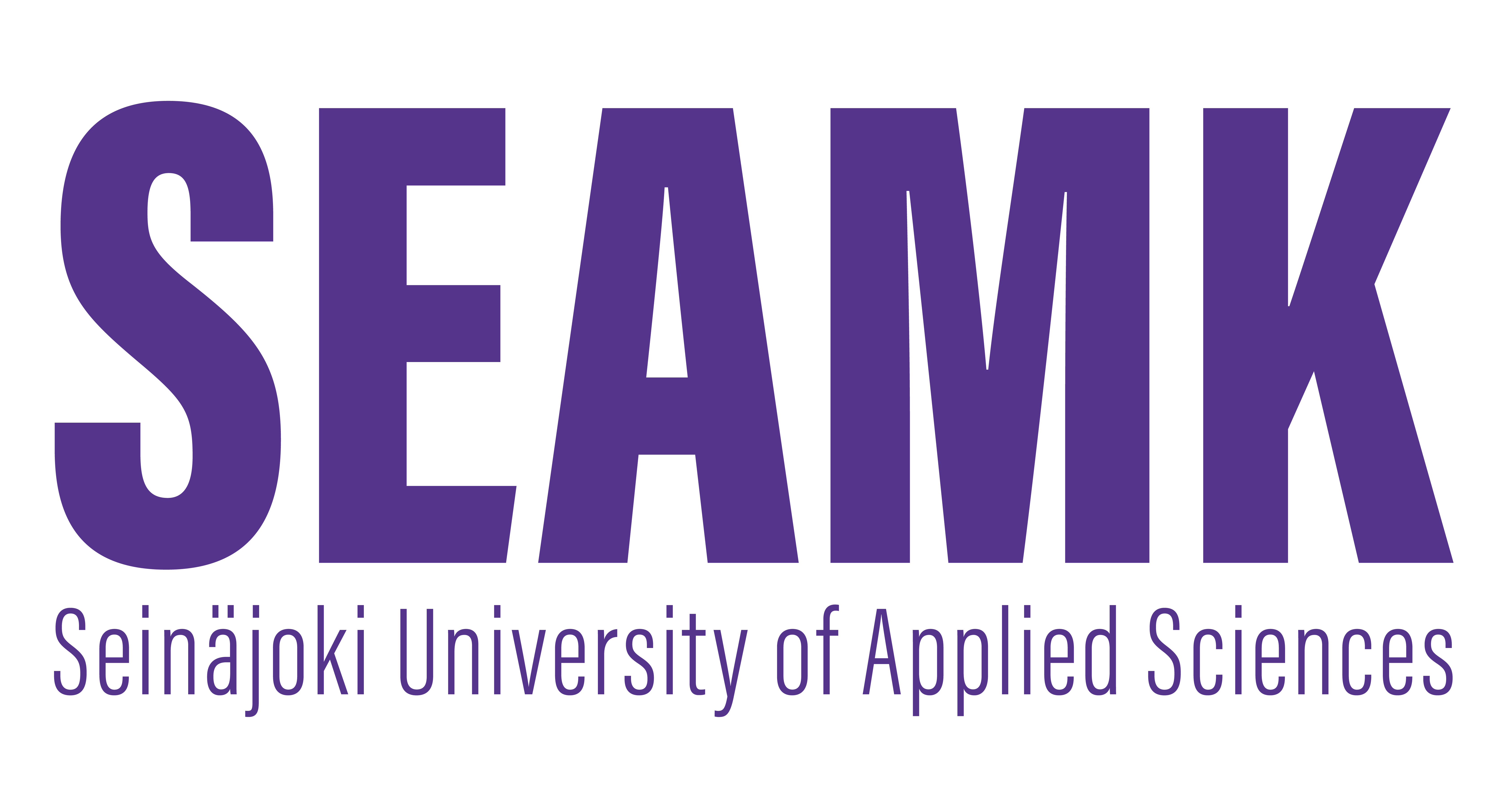Machine and Equipment Design (4cr)
Code: KL25AB50100-3012
General information
- Enrollment
- 10.11.2025 - 14.01.2026
- Registration for the implementation has begun.
- Timing
- 07.01.2026 - 22.02.2026
- The implementation has not yet started.
- Number of ECTS credits allocated
- 4 cr
- Local portion
- 4 cr
- Mode of delivery
- Contact learning
- Unit
- SeAMK Automation Engineering and Information Technology
- Campus
- SeAMK Seinäjoki, Frami
- Teaching languages
- Finnish
- Seats
- 0 - 50
- Degree programmes
- Bachelor of Engineering, Automation Engineering
- Teachers
- Jorma Mettälä
- Scheduling groups
- Avoin AMK (Ei koske tutkinto-opiskelijaa) (Size: 3 . Open UAS : 3.)
- Groups
-
AUTE23KADegree Programme in Automation Engineering, Full-time studies
- Small groups
- Open UAS (Doesn't apply to degree student)
- Course
- KL25AB50100
Evaluation scale
1-5
Objective
Students will understand the stages of machine and equipment design processes and learn to work on product development teams. They will be competent in applying their previous knowledge and skills and the knowledge they learn during lectures to the selection of components for devices, mechanics design, and to produce technical documentation.
Content
- Using ready-made mechanisation units
- Management of a product development project
- Basic principles of construction
- DFMA
- Managing product descriptions
- Machine safety directives
- Ergonomics
- Principles of machine dynamics and mechanisms and applying them in designing
Location and time
The schedules can be found in the timetable at https://lukkarikone.seamk.fi/. Timetables are published for the next six weeks. The first six weeks of autumn are published by Midsummer and the first six weeks of spring by Christmas. Timetables may be subject to changes.
Materials
Recommended or Required Reading
- Lempiäinen J. & Savolainen J. 2003. Hyvin suunniteltu - puoliksi valmistettu. Hakapaino Oy
- Pahl G. & W. Beitz. 1990. Koneensuunnitteluoppi. WSOY. Porvoo. pp. 610
- Handouts
-Moodle
Teaching methods
Mode of Delivery / Planned Learning Activities and Teaching Methods
Lectures, exercises during lessons and assignments
Student workload
Student's Workload
40h Lectures, exercises
52h practical work, preparing for exams
The workload of the study is designed so that one credit corresponds to an average of 27 hours of student work to achieve the learning objectives. The actual time required varies individually, e.g., due to prior knowledge.
Assessment criteria, satisfactory (1)
Satisfactory (2-1) - Students are able to model small assemblies and create drawings for manufacturing.
Assessment criteria, good (3)
Good (4-3) Students are able to calculate basic components, model assemblies and create drawings for manufacturing.
Assessment criteria, excellent (5)
Excellent (5) - Students can do a demanding product design and use Design For Manufacturing methods.
Qualifications
No previous studies are required.
